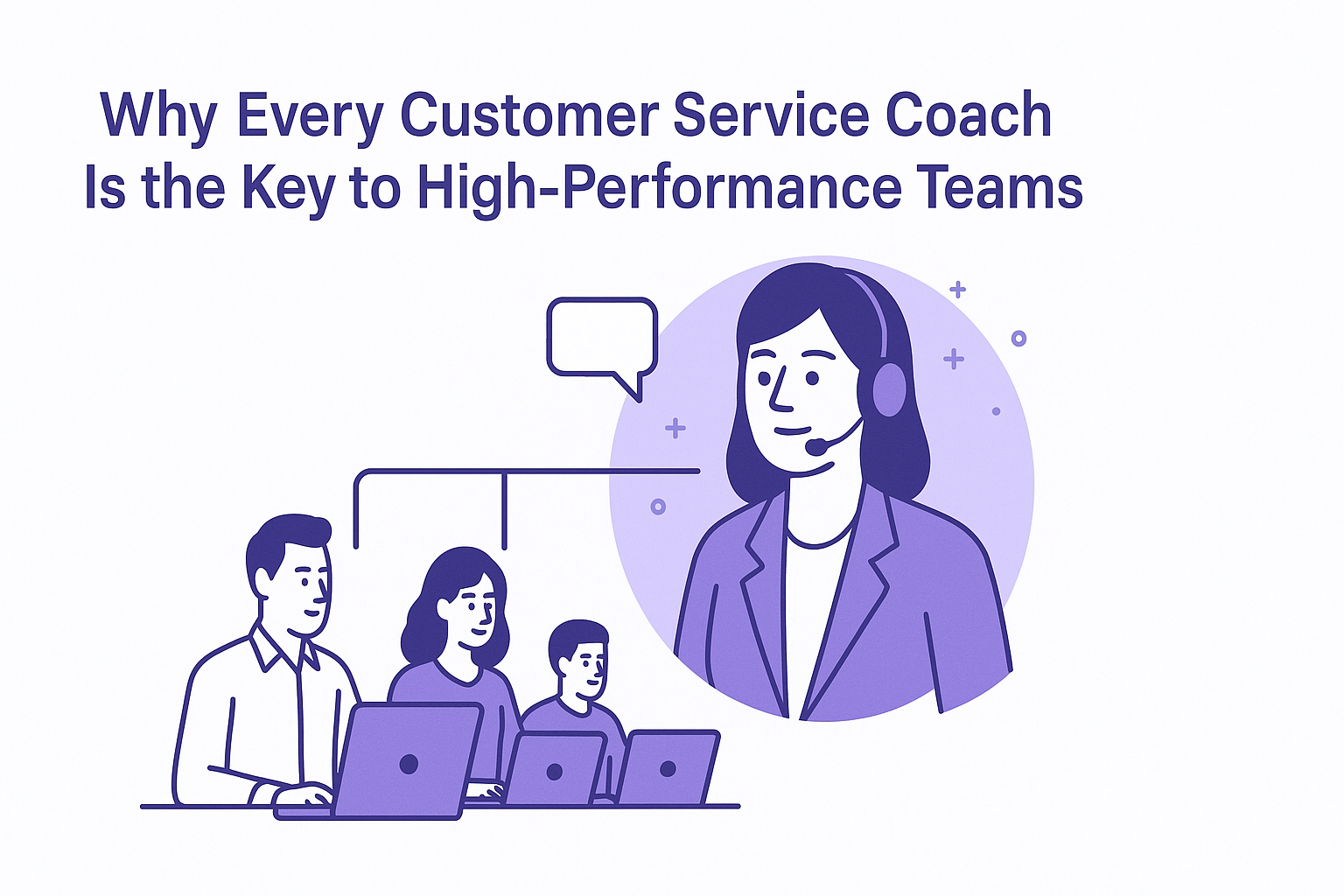Analytics on Customer Data: Critical Insights
-
Hello Insight
- 10 min read
In today's competitive business environment, understanding customer behavior has become paramount. Introduction to Customer Insight Analytics reveals how data can transform interactions and drive growth. By deeply analyzing customer preferences and pain points, businesses can uncover actionable insights that foster meaningful relationships with their audience.
Customer Insight Analytics empowers organizations to turn data into strategic advantages. It involves collecting, analyzing, and interpreting customer information to identify trends and opportunities. This approach not only informs marketing strategies but also enhances product development and service delivery, enabling companies to meet customer needs effectively. Embracing these analytics can help businesses thrive in a dynamic marketplace.
Generate visualizations from your qualitative data. At Scale.

Unveiling Patterns in Customer Data for Customer Insight Analytics
Understanding customer behavior is crucial for effective Customer Insight Analytics. By analyzing customer data, businesses can uncover patterns that inform decision-making, improve customer experience, and drive sales. A systematic approach to identifying trends allows organizations to see changes in customer preferences and behaviors over time.
To unveil these patterns, the first step involves aggregating data from various sources. This includes surveys, transaction histories, and customer feedback. Once the data is consolidated, key metrics such as customer satisfaction, recurring purchase rates, and churn rates become visible. Segmentation of customer demographics further refines the analysis, helping businesses tailor their strategies to address diverse groups effectively. By distilling insights from the data, organizations can craft targeted marketing campaigns and enhance product offerings based on identified needs and pain points. This strategic approach transforms raw data into actionable insights that align with business goals and customer expectations.
Identifying Key Metrics
Identifying key metrics is crucial in harnessing the full potential of Customer Insight Analytics. Metrics act as the guiding stars, leading businesses to understand customer behavior and preferences. Establishing a set of relevant metrics enables organizations to track performance over time, facilitating data-driven decision-making. These may include customer acquisition costs, churn rates, and lifetime value, each providing valuable information about customer dynamics.
To get the most from your analytics efforts, focus on both quantitative and qualitative metrics. Quantitative metrics present hard numbers reflecting customer interactions, while qualitative insights shed light on customer sentiments and experiences. Balancing these aspects prepares businesses to tackle challenges effectively while uncovering growth opportunities. By pinpointing the right key metrics, organizations can transform their analytics into actionable strategies, enhancing customer engagement and loyalty in the long run.
Segmenting Customer Demographics
Segmenting customer demographics is essential for extracting valuable insights from customer data. It involves categorizing customers into distinct groups based on characteristics such as age, gender, location, and purchasing behavior. This process helps businesses better understand their audience, allowing for targeted marketing and improved customer engagement.
Understanding the nuances within customer segments enables organizations to tailor their strategies effectively. For instance, businesses can identify which product offerings appeal to specific demographics. This targeted approach not only optimizes marketing efforts but also enhances customer satisfaction by providing relevant products and services. Furthermore, segmenting demographics can reveal purchasing trends over time, offering a roadmap for developing new strategies based on evolving customer preferences.
Incorporating this analytical dimension into your operations is critical for driving business growth. By utilizing customer insight analytics, organizations can turn demographic data into actionable strategies, ultimately fostering deeper connections with customers and improving overall performance.
Evaluate Performance on Customer Calls for Quality Assurance.
Implementing Customer Insight Analytics for Business Growth
Implementing customer insight analytics is essential for businesses aiming to harness the full potential of customer data. By effectively analyzing customer interactions and feedback, organizations can uncover trends that inform strategic decisions. The integration of these analytics into business operations leads to improved responsiveness to market demands, thus driving growth.
To achieve this, businesses should focus on three main areas:
Leveraging Predictive Analytics: Utilizing data patterns to forecast customer behavior helps in crafting proactive strategies. This approach anticipates customer needs before they even arise.
Enhancing Personalization Strategies: Tailoring products and experiences to individual preferences creates a deeper connection with customers. Personalized marketing efforts boost engagement and foster loyalty.
By systematically implementing these strategies, businesses can transform raw customer insights into actionable growth initiatives. This not only enhances customer satisfaction but also positions the organization as a frontrunner in its industry.
Leveraging Predictive Analytics
Predictive analytics provides a powerful approach to deriving meaningful insights from customer data. By analyzing historical data, businesses can foresee future trends and customer behaviors. This capability allows organizations to identify potential opportunities and threats, enabling more informed decision-making.
Key metrics play a crucial role in this process. Businesses must focus on customer engagement, purchasing patterns, and feedback sentiment. By segmenting data based on demographics, companies can tailor predictions to specific groups, thereby enhancing marketing effectiveness. Moreover, integrating customer insight analytics with predictive models allows for a deeper understanding of customer journeys. This integration assists in crafting personalized experiences, which ultimately fosters greater customer loyalty and satisfaction. As businesses leverage these predictive capabilities, they can stay ahead of their competitors and adapt to evolving market demands.
Enhancing Personalization Strategies
Enhancing personalization strategies is crucial for companies aiming to connect meaningfully with their customers. By leveraging customer insight analytics, businesses can tailor their products, services, and marketing approaches to meet individual customer needs and preferences. This targeted personalization boosts customer satisfaction and drives loyalty.
To effectively enhance personalization strategies, consider the following key aspects:
Data Collection: Gather robust data on customer behaviors and preferences. This primary step helps create a comprehensive customer profile.
Segmentation: Analyze customer data to segment the audience based on demographics, interests, or purchase history. Segmenting helps in crafting customized marketing messages that resonate with specific groups.
Personalized Experiences: Create tailored customer experiences across various touchpoints, such as websites, emails, and product recommendations. Personalized messages enhance engagement and conversion rates.
Continuous Feedback Loop: Encourage customer feedback to refine personalization efforts. This iterative process ensures that strategies evolve and remain relevant to customer expectations.
By employing these strategies, businesses can turn customer insight analytics into actionable insights that lead to meaningful and personalized interactions.
Conclusion: The Future of Customer Insight Analytics
The future of customer insight analytics lies in its ability to adapt and innovate amidst a rapidly evolving digital landscape. Businesses are observing a surge in customer data, yet traditional analytics methods are often inadequate for extracting meaningful insights. As organizations strive to understand their customers better, they must invest in advanced tools and techniques that enhance data analysis efficiency. A strong focus on customer insight analytics will not only streamline processes but also foster timely decision-making.
Moreover, the integration of emerging technologies, such as AI, will play a pivotal role in shaping how companies interpret customer behaviors and preferences. By utilizing these advancements, businesses can transform raw data into actionable insights, driving more effective strategies and personalized experiences. Embracing these changes will empower organizations to stay ahead of the competition and respond proactively to customer needs in the future.






